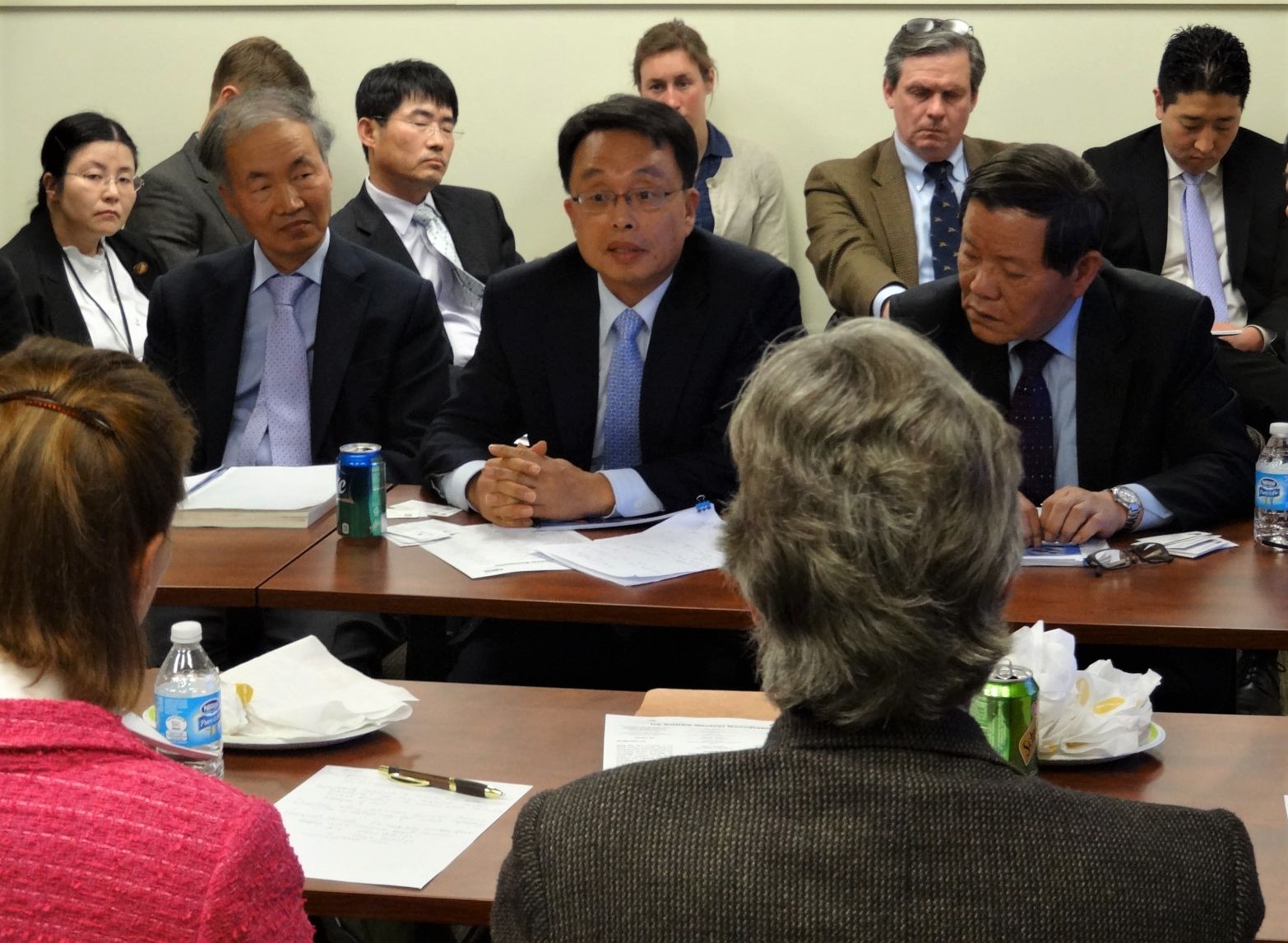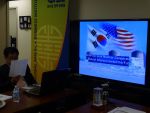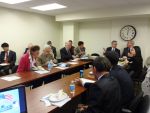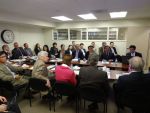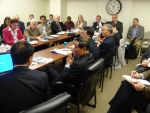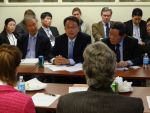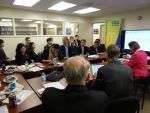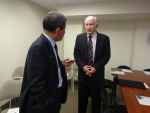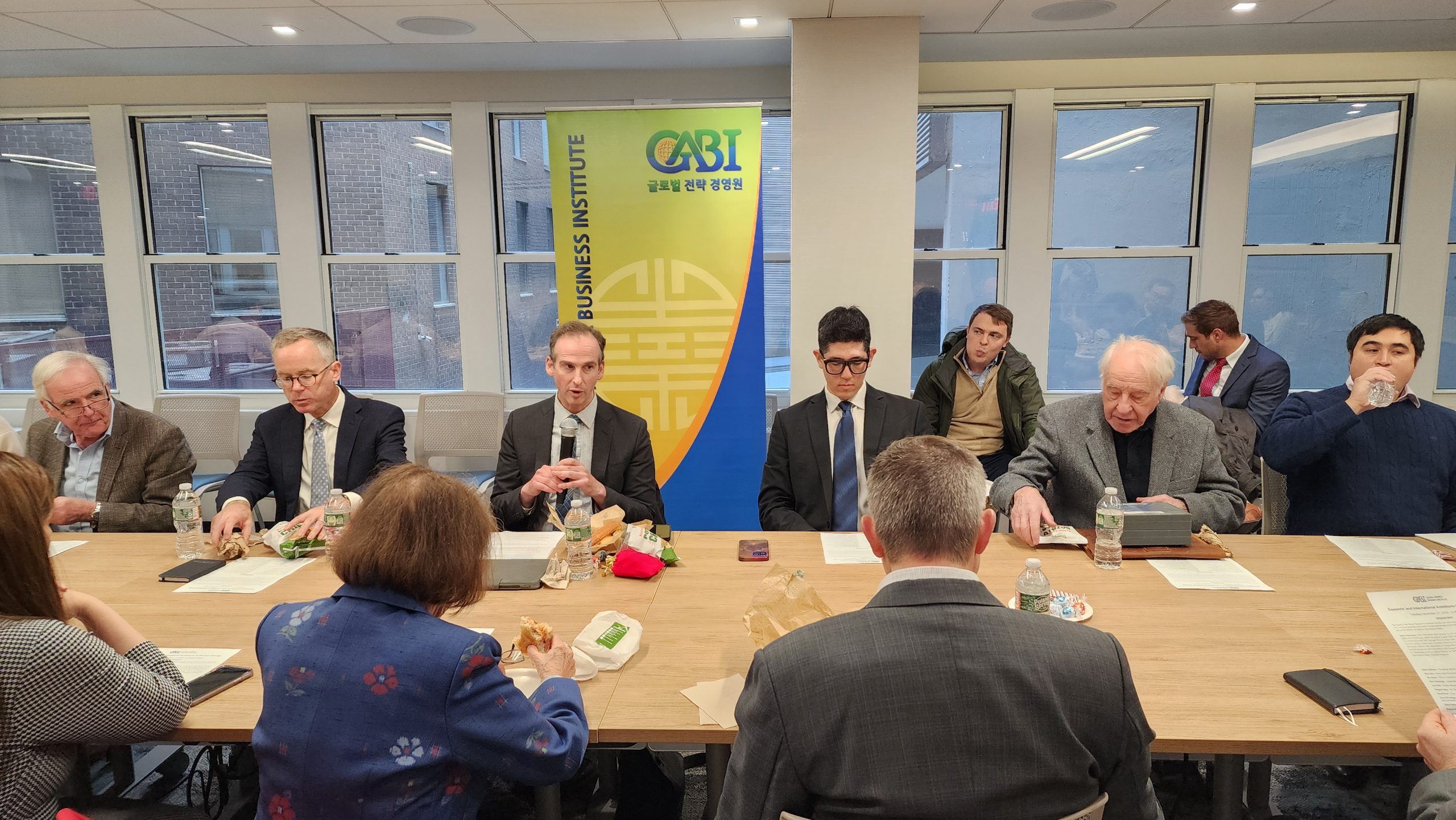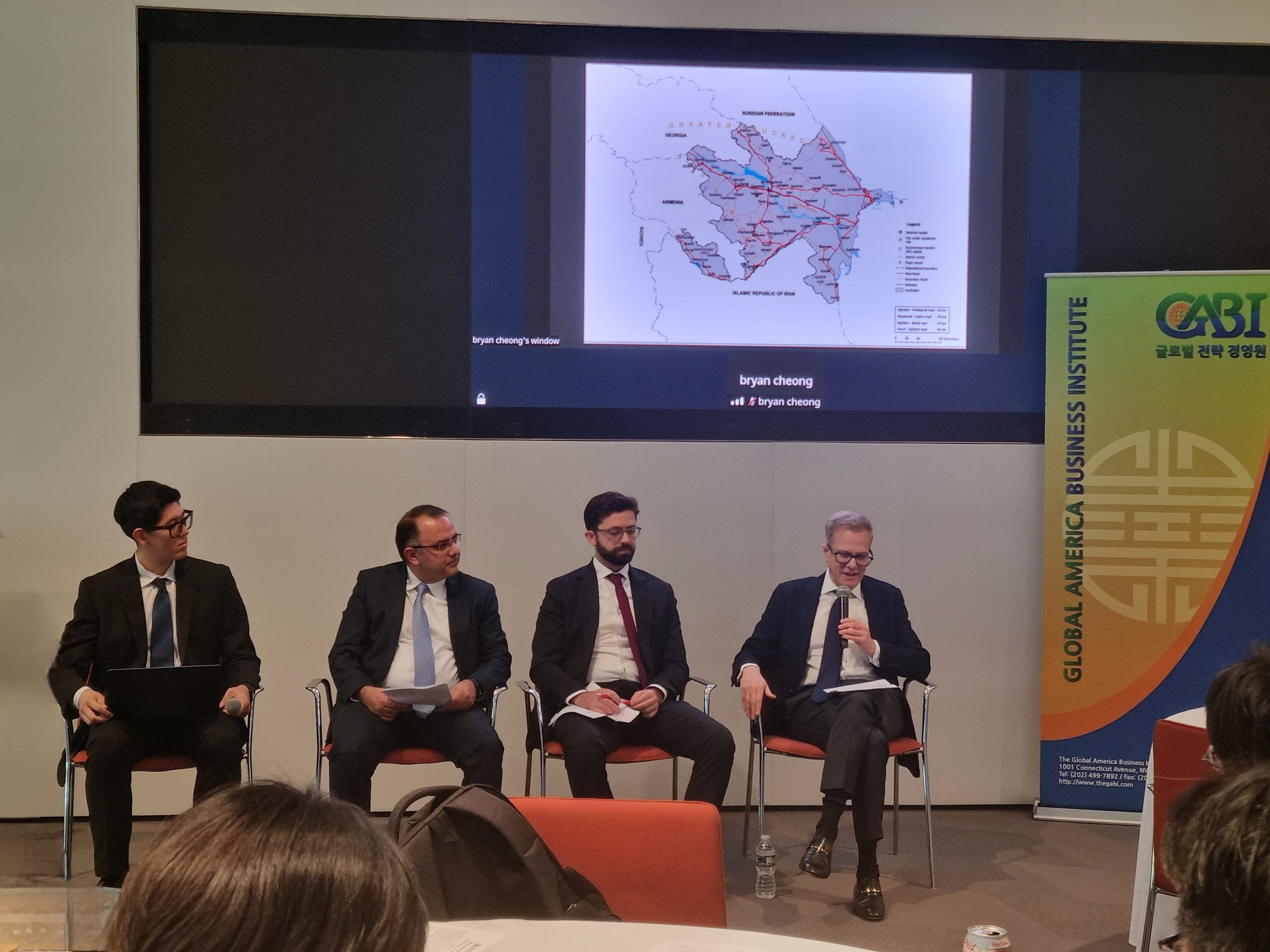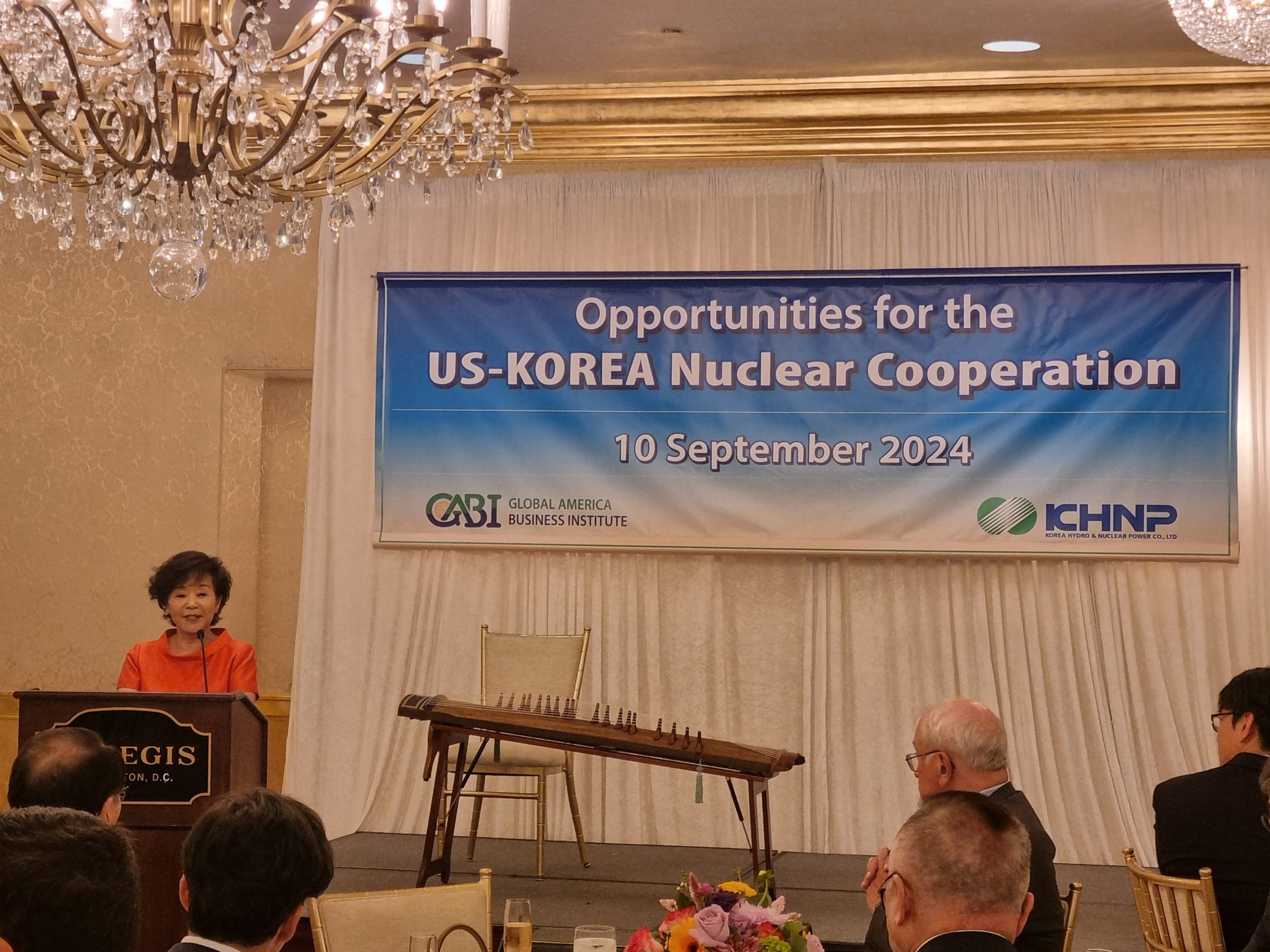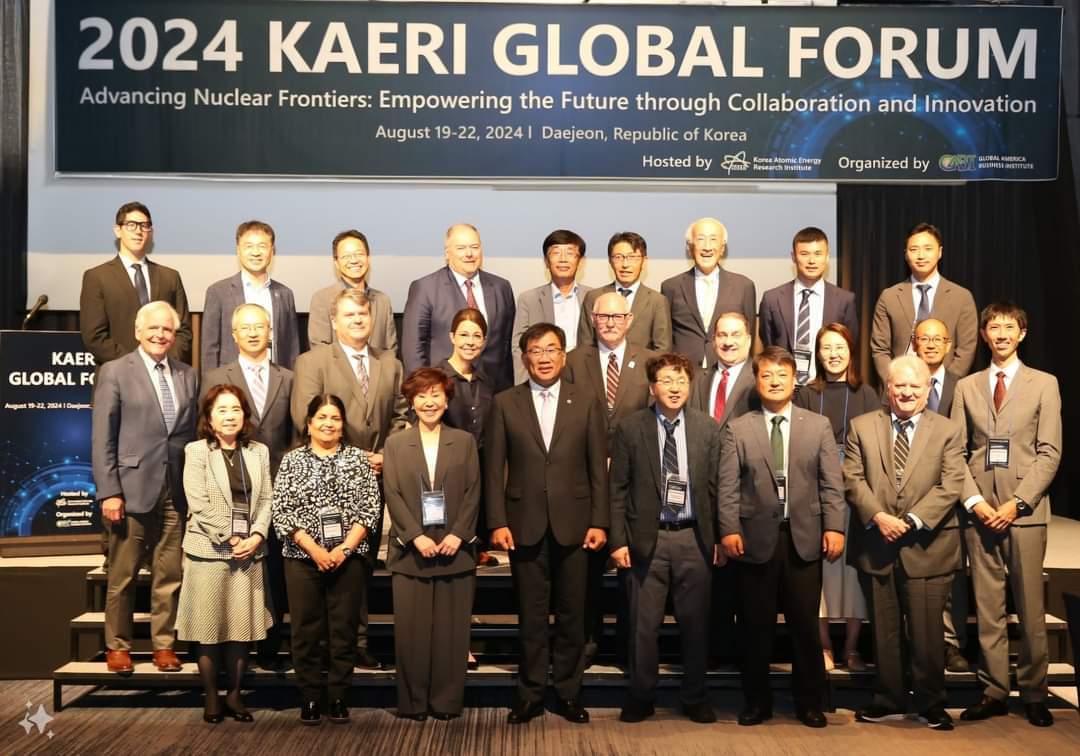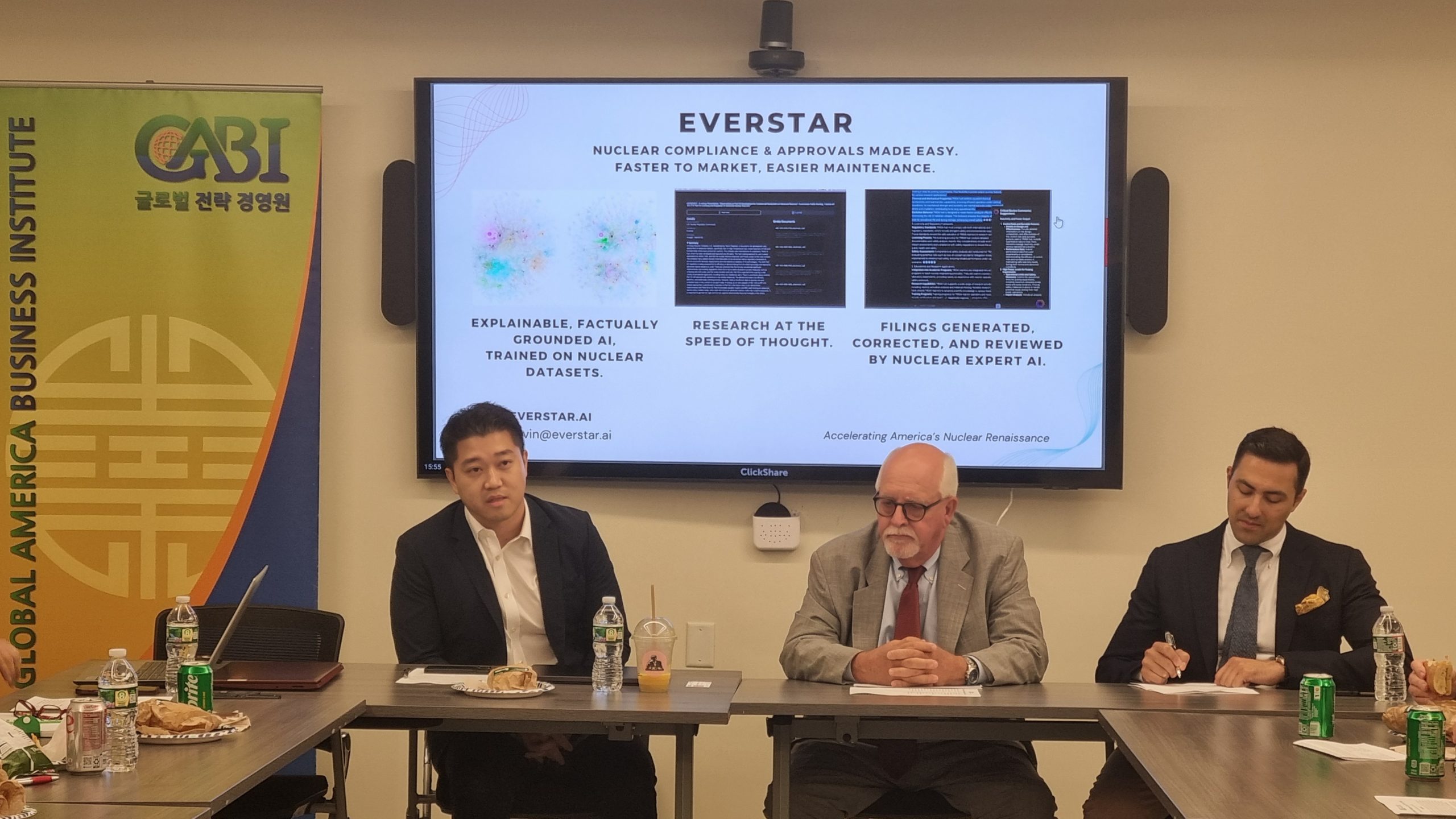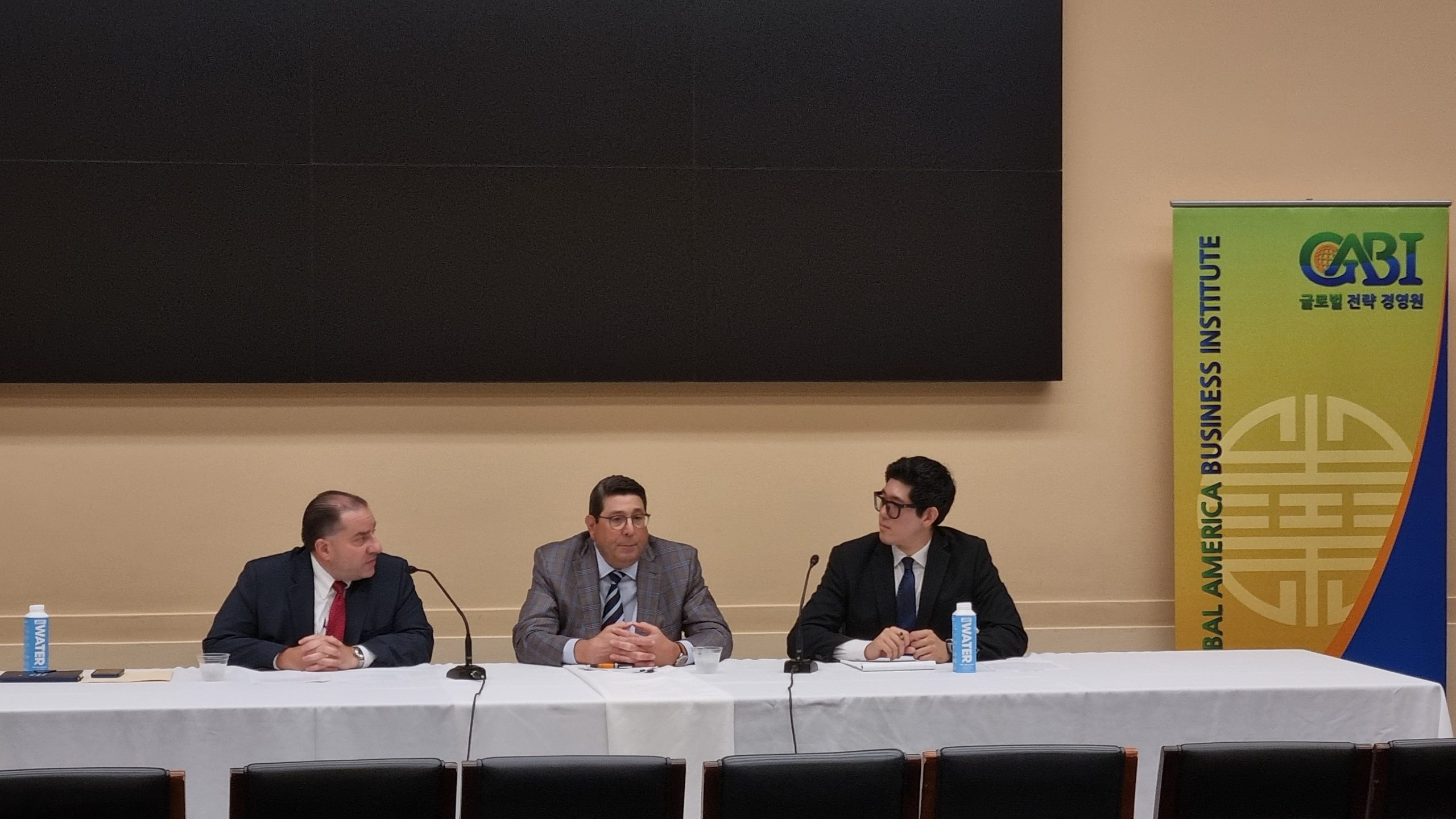Since the signing of the first nuclear cooperation agreement between the US and Korea in 1956, the US-ROK civil nuclear partnership has undergone significant evolution—although Korea was at first entirely dependent upon the US for nuclear power technology, it has now established a reputation as a world class nuclear supplier. Currently, 23 NPPs supply approximately one-third of Korea’s total electricity generation, and the Korean nuclear industry is planning to follow up on its success in the UAE with additional exports to countries such as Finland and Saudi Arabia. Nevertheless, the Korean civil nuclear program presently faces immediate-term challenges in spent fuel management and public acceptance, as well as long-term issues such as ensuring stable fuel supply. While the Korean government desires a clear timetable for pyroprocessing R&D in order to facilitate SNF management and consequently address acute public acceptance issues, the current terms of Korea’s 123 agreement with the US place restrictions on pyroprocessing development. As pyroprocessing has the potential to enhance the long-term sustainability of the Korean nuclear power program, Korea is seeking programmatic consent to have greater flexibility and freedom to pursue R&D in this technology. A healthier and more viable Korean nuclear program promises to boost the competitive edge of US nuclear suppliers, as a vibrant Korean nuclear export industry provides a tremendous vehicle to further US presence and influence in the global nuclear marketplace.
The Future of US-ROK Civil Nuclear Cooperation: Possible Directions and Mutual Interests
April 10, 2014
By admin|2018-01-30T10:46:17-05:00April 10th, 2014|Categories: Nuclear Energy, Nuclear Energy Workshops|0 Comments

